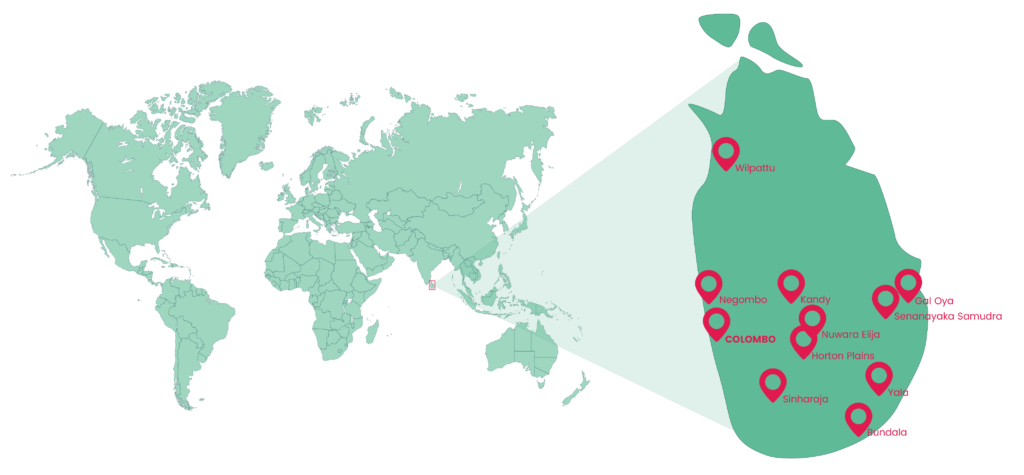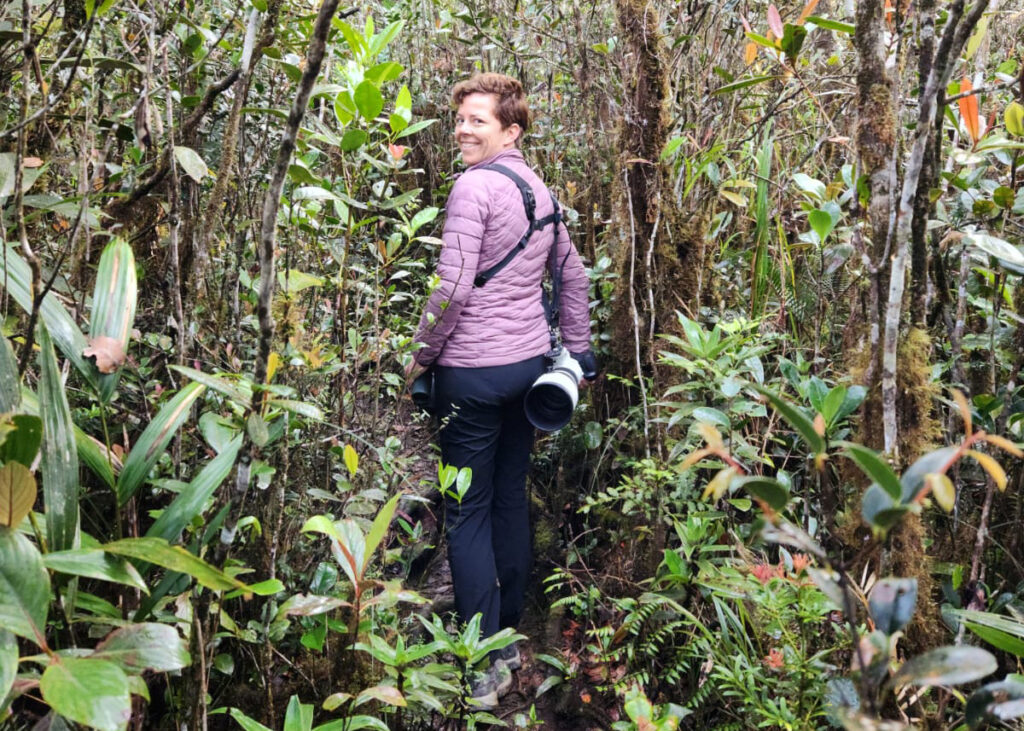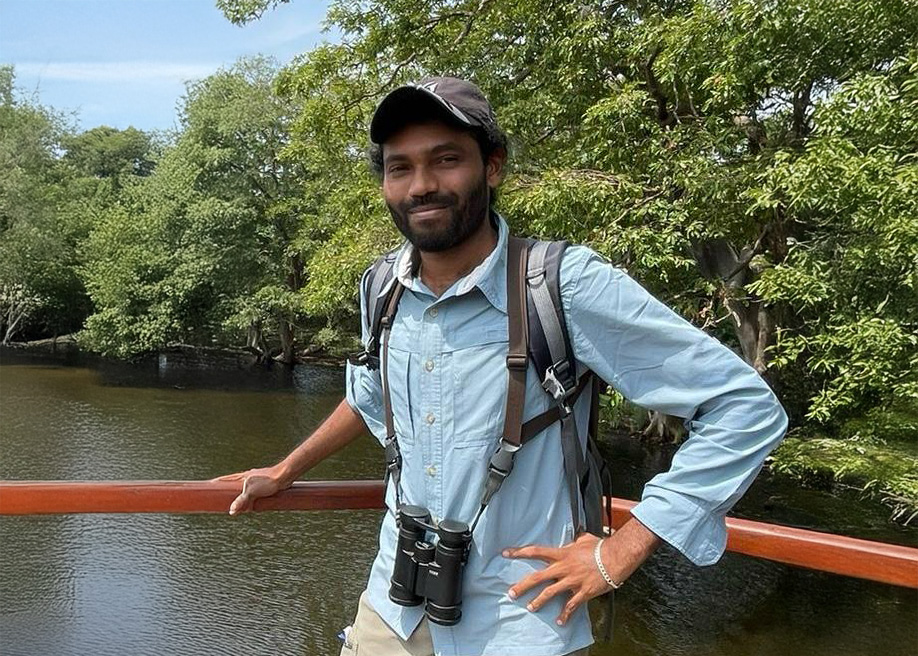Portugal
Birds, wine, and “fado” along Portugal’s most scenic route
Portugal’s compact size belies the richness of its landscapes and birdlife. This 12-day tour takes you from the tidal flats of the Tagus Estuary to the high escarpments of the Douro, the forested hills of São Mamede, and the wide-open steppe of Alentejo. Along the way, you’ll search for some of the Iberian Peninsula’s most iconic species, including Great Bustard, Bonelli’s Eagle, Iberian Magpie, Bluethroat, and Eurasian Griffon.
But birds are only part of the story. This itinerary also celebrates Portugal’s deep cultural roots and winemaking traditions. You’ll enjoy tastings at celebrated estates like Quinta do Cardo and Companhia das Lezírias, walk through UNESCO-listed vineyards in the Douro Valley, visit Paleolithic rock engravings in the Côa Valley, and end your journey in Lisbon’s atmospheric neighborhoods.
With excellent food, warm hospitality, and carefully chosen routes that minimize travel time, this tour offers a truly rewarding blend of nature, culture, and comfort.

TBD
/ person sharing
single supp. TBD
- 5-16 March 2026
- 12 days
- 6 to 12
- OPO
- LIS
Included
- 11 hotel nights.
- All meals from dinner on day 1 to breakfast on day 12.
- All in-country ground transport.
- Airport pick-up on day 1 and drop-off on day 12.
- All guiding fees for tour leaders and local guides.
- All entrance fees to sites mentioned in the itinerary.
- All activities as described in the itinerary.
- Global Rescue Membership*
Excluded
- International flights (to OPO and from LIS).
- Alcoholic drinks.
- Personal purchases such as (but not limited to) laundry, room service, phone calls, souvenirs, etc.
- Insurance. We strongly recommend participants get travel, cancelation, and medical insurance in their home country.
- Any tips you would like to offer tour leaders, guides, drivers, porters, wait staff, housekeeping, etc. for outstanding service.
- Any other items not explicitly included.
Itinerary
Please note that while the general itinerary is set, hotels and daily activities may slightly differ depending on circumstances.
-
Day 1 ⎸ Arrival in Porto, Douro Estuary, Wine Tasting & Fado
After arriving in Porto, you settle into your hotel before heading out to explore the nearby Douro Estuary. This dynamic tidal zone is home to an array of gulls, herons, and waders, offering a first glimpse of Portugal’s coastal birdlife. As evening falls, we gather at the historic Calém cellars for a wine tasting, followed by a live Fado performance—a poignant introduction to northern Portugal’s culture.
-
Day 2 ⎸ Douro Valley Birding and Travel to Miranda do Douro
Today’s journey leads east through the vineyard-covered slopes of the Alto Douro. Along the way, we pause for birding near Pinhão and São João da Pesqueira, where riverside groves and vineyard margins host an interesting mix of species. By late afternoon, we reach Miranda do Douro, a medieval town perched high above the river.
-
Day 3 ⎸ Salamanca and Villafáfila Natural Park (Spain)
Crossing into Spain, we spend the day visiting Salamanca and the expansive lagoons of Villafáfila. This important wetland draws steppe species and migratory waterbirds, with highlights often including Great Bustard, Lesser Kestrel, and large flocks of geese and waders. Crossing into Spain, we spend the day visiting Salamanca and the expansive lagoons of Villafáfila. This important wetland draws steppe species and migratory waterbirds, with highlights often including Great Bustard, Lesser Kestrel, and large flocks of geese and waders. This is also our chance to look for Spanish Imperial Eagle. We return to Miranda do Douro in the evening.
-
Day 4 ⎸ Northern International Douro Natural Park to Castelo Rodrigo
A full day of birding in the rugged escarpments of the northern Douro brings opportunities to see species such as Egyptian Vulture, Rock Bunting, and Crag Martin. The day ends in Castelo Rodrigo, where cobbled streets and sweeping views over the surrounding plains offer a tranquil setting.
-
Day 5 ⎸ Southern Douro Cliffs, Foz Côa Rock Art & Wine Tasting
We continue along the dramatic southern reaches of the Douro, where cliffs and ridgelines attract Black Stork, Golden Eagle, and perhaps even Eurasian Eagle-Owl. In the afternoon, there’s time to visit the renowned Paleolithic petroglyphs of the Côa Valley. The day concludes with a tasting of organic wines from Quinta do Cardo.
-
Day 6 ⎸ São Mamede Natural Park and Travel to Portalegre
Heading south, the scenery shifts as we arrive in the granitic highlands and mixed forests of São Mamede Natural Park. This varied landscape supports a strong population of birds, including Iberian Magpie, Eurasian Nuthatch, and both Cinereous Vulture and Eurasian Griffon soaring above the ridgelines. We spend the night in the historic town of Portalegre.
-
Day 7 ⎸ Full Day in São Mamede Natural Park & Wine Tasting
We stay local today, exploring the park’s varied terrain at a more relaxed pace. The area’s diverse habitats support Bonelli’s Eagle, Woodlark, Cirl Bunting, and many others. Later, we sample some of Alentejo’s rich reds and whites during a wine tasting that reflects the region’s long winemaking traditions.
-
Day 8 ⎸ Travel to Alcochete and Tagus Estuary Birding
As we make our way westward, the coastal plain returns, and with it the vast wetlands of the Tagus Estuary. Arriving in Alcochete, there’s time in the afternoon to explore the intertidal mudflats, rice paddies, and salt pans alive with Eurasian Spoonbill, Glossy Ibis, Greater Flamingo, and a wide variety of waders and herons.
-
Day 9 ⎸ Ponta da Erva and Eastern Tagus Estuary
The focus shifts to the eastern reaches of the reserve today, where reed beds, shallow lagoons, and open fields provide habitat for Western Swamphen, Booted Eagle, Iberian Grey Shrike, and Bluethroat. The diversity of habitats in this area makes for particularly rich birding.
-
Day 10 ⎸ Final Day in the Tagus Estuary & Wine Tasting
Our final day in the estuary offers chances to seek out species such as Collared Pratincole, Little Bittern, Savi’s Warbler, and Purple Heron. In the afternoon, we visit Companhia das Lezírias for a wine tasting that blends conservation, agriculture, and tradition in one of the region’s most respected estates.
-
Day 11 ⎸ Explore Lisbon
After days in the field, the rhythm slows as we explore the vibrant neighborhoods of Lisbon. You might stroll through Alfama’s alleys, visit the Jerónimos Monastery, or simply enjoy the views across the Tagus River. A festive farewell dinner awaits in the city center.
-
Day 12 ⎸ Departure from Lisbon
After breakfast, there’s time to reflect on the journey before transferring to Lisbon Airport for your return flight home, carrying memories of birds, wines, landscapes, and warm hospitality.
Your guides

Katinka

Gayan
Focus


